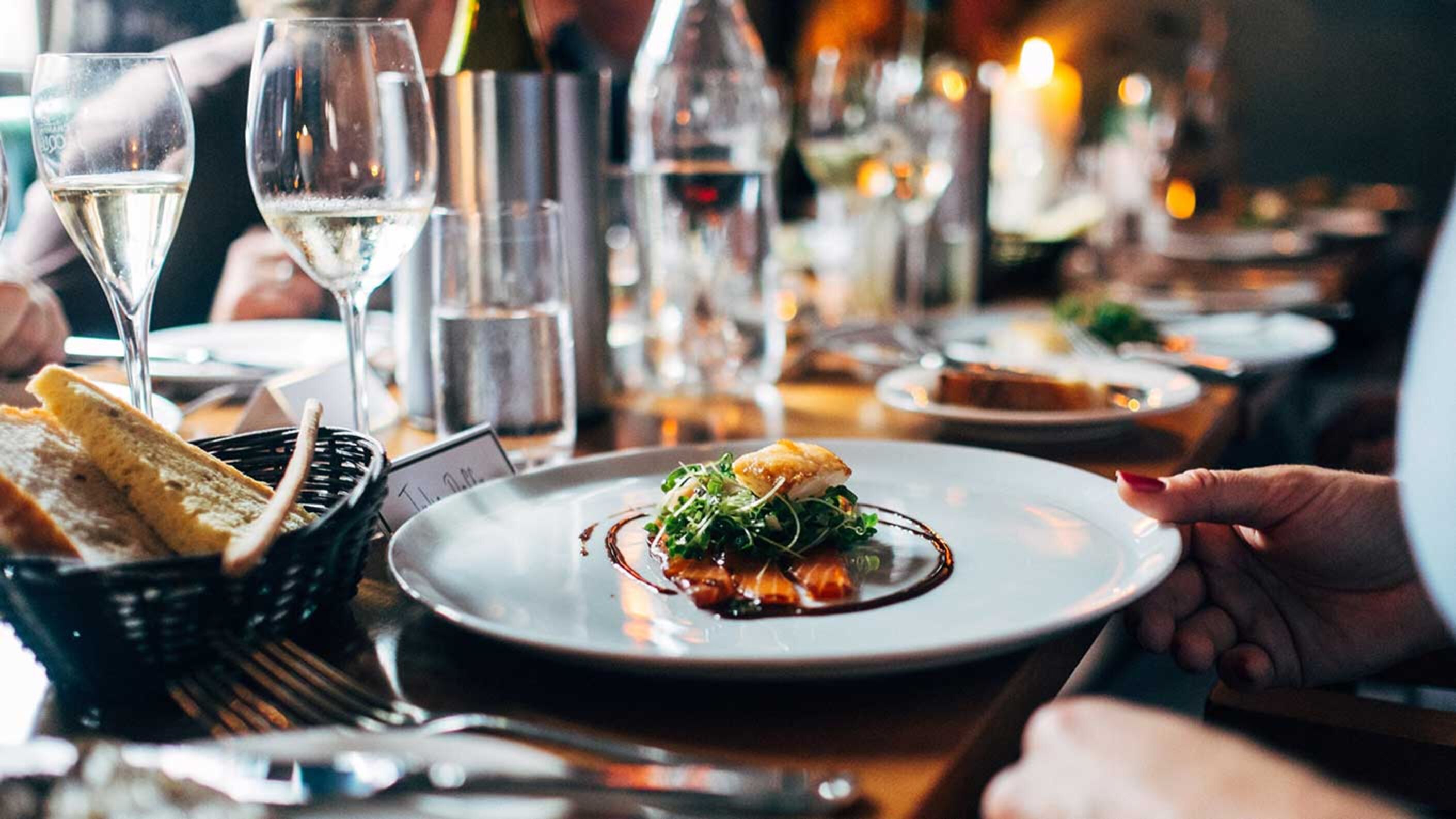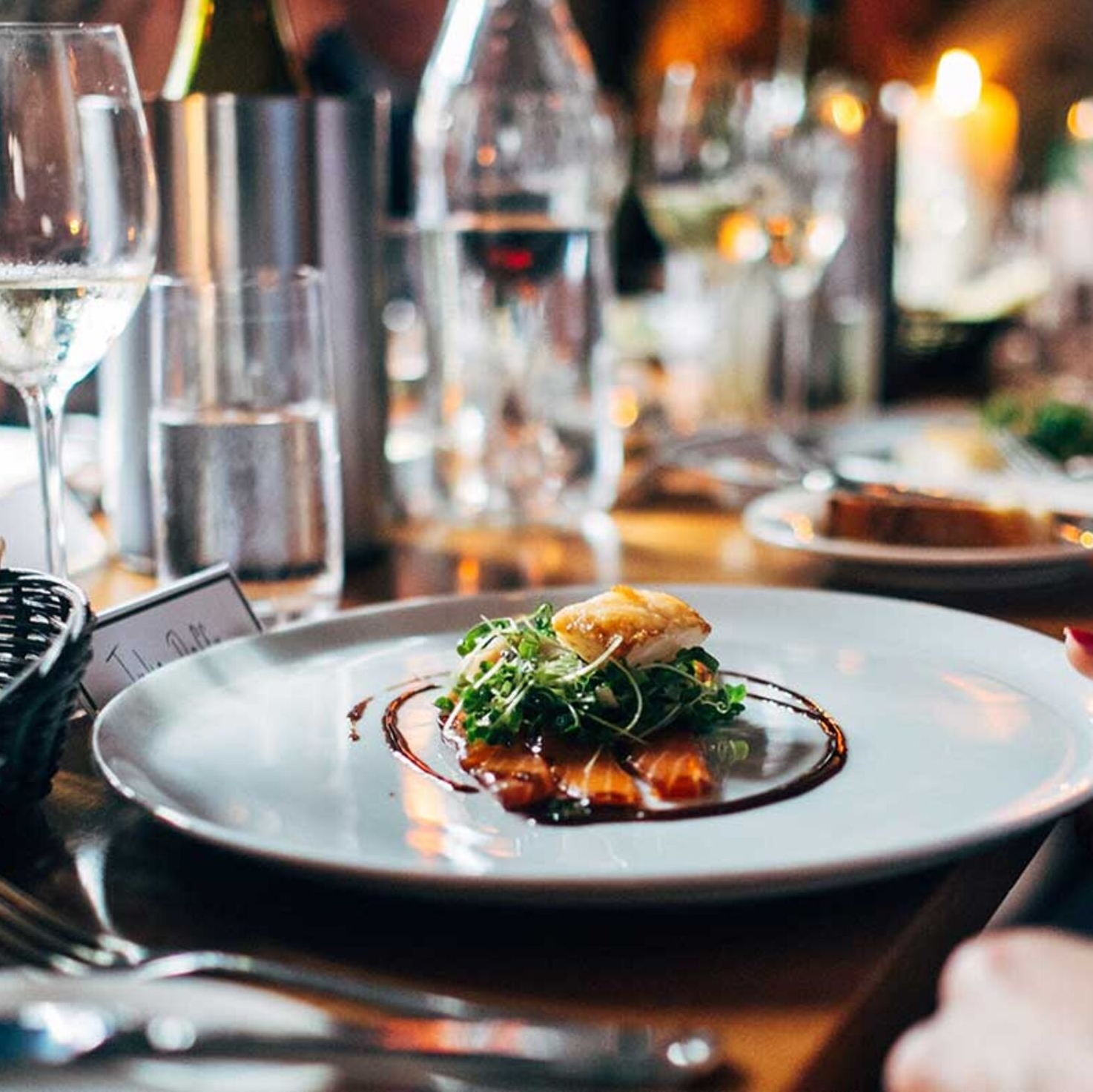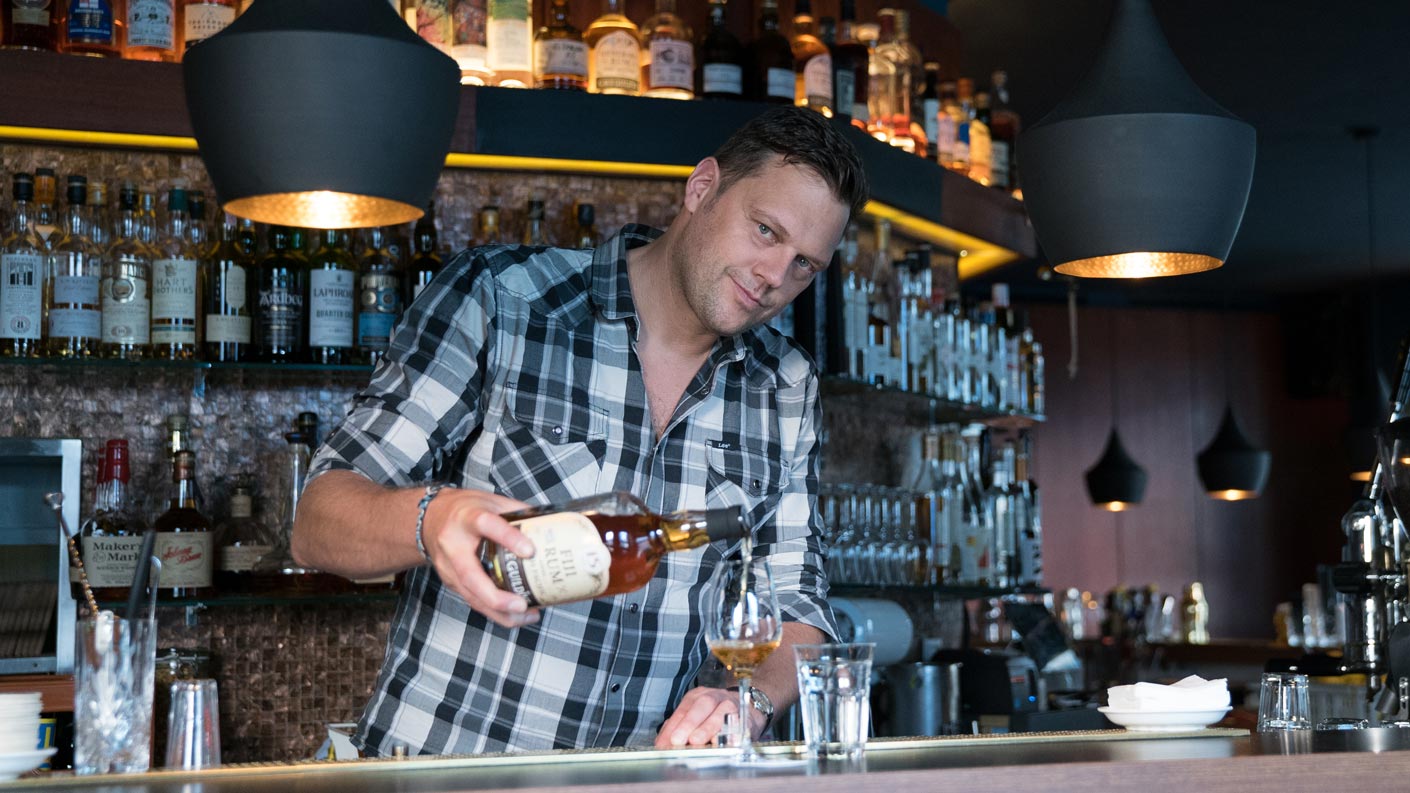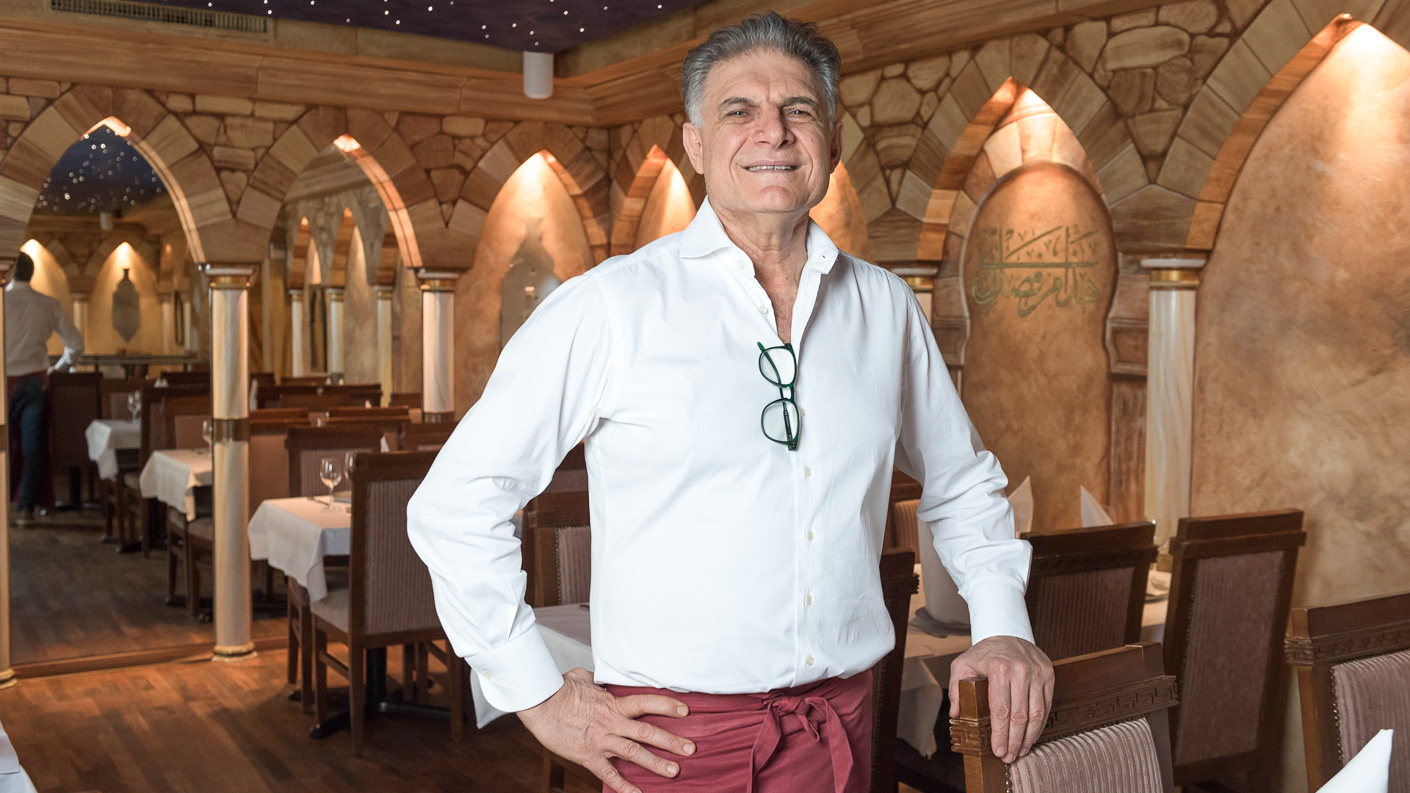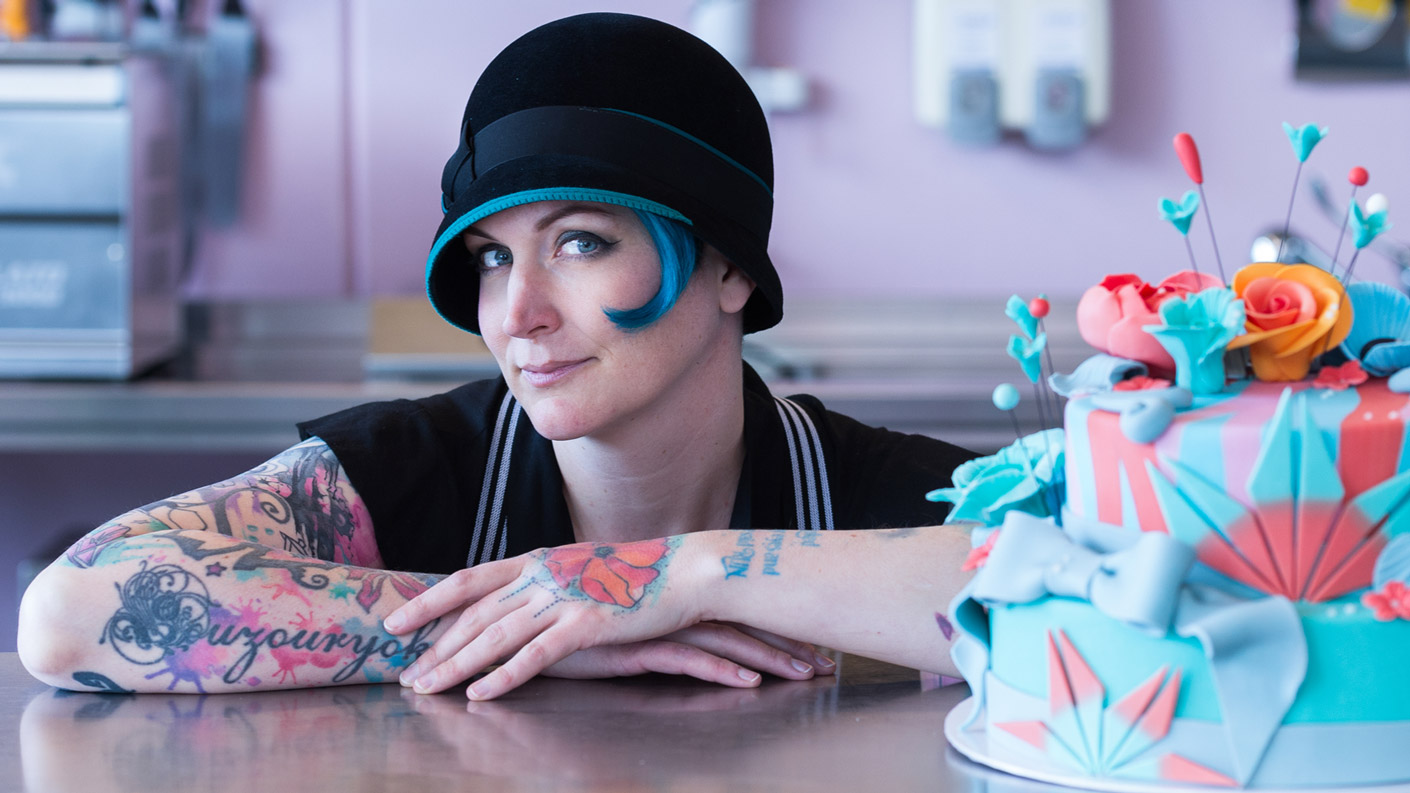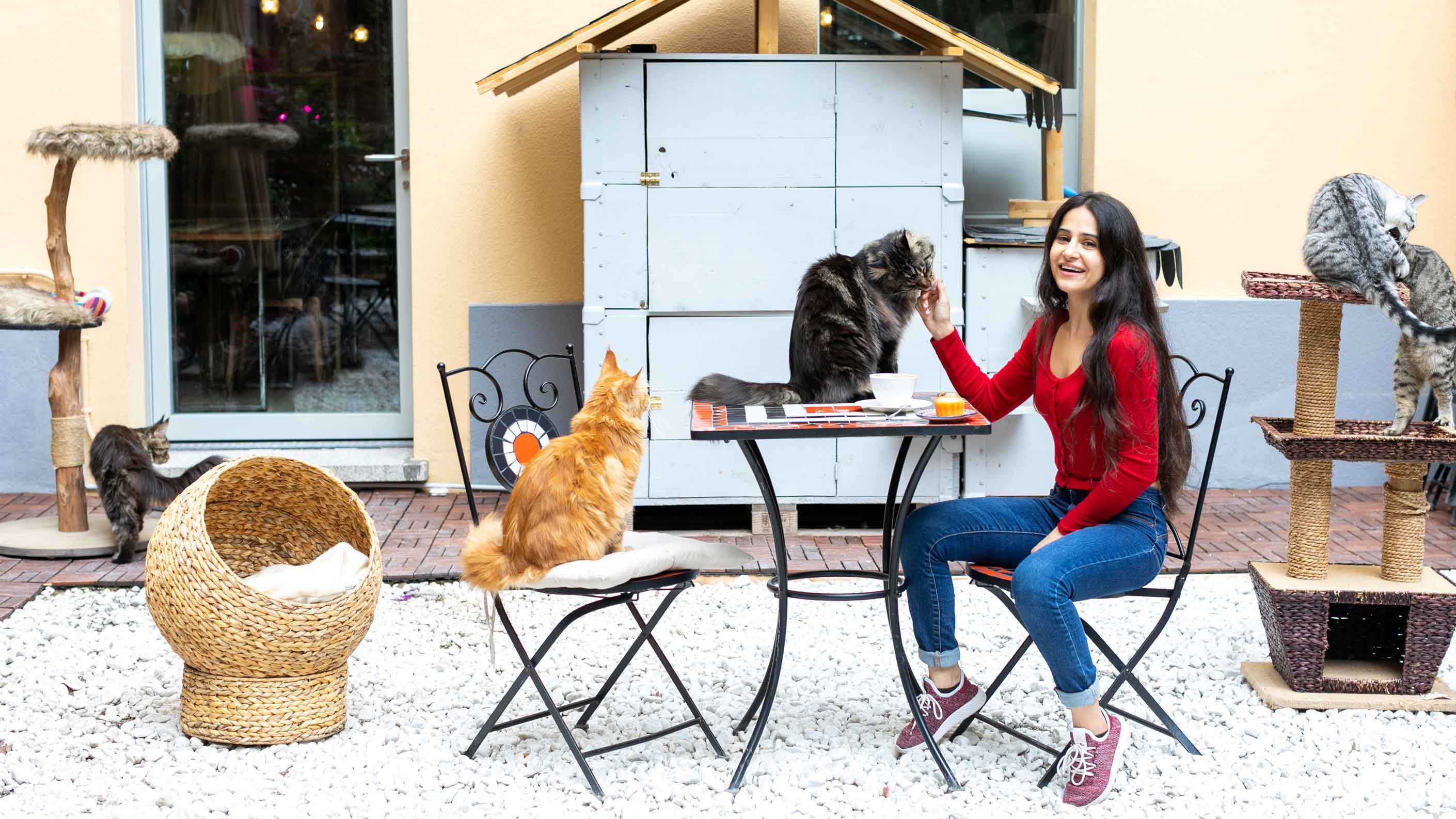Fine dining – one of Zurich’s cheapest leisure activities
People are always complaining that Zurich is expensive. But it’s all a question of how you look at it. That’s why our food columnist recommends having lunch at a top restaurant!
Yet again, a press report tells us that salaries in Zurich are the second highest in the world. The fact that there’s so much money sloshing around means prices are constantly on the rise – even for basic goods and services. It’s particularly noticeable when you pop out for a drink or a quick bite to eat.
Let’s select a restaurant at random. A glance at the menu of Pizzeria Molino (part of the Migros chain) at Stauffacher reveals the full scale of the horror. The lunch menu pizza is available at a bargain price of 30 francs, while a simple Margherita costs 16.50 francs. Apart from the ridiculously low cost of the ingredients, let’s think about how we feel after eating a pizza. Even if the dough is nice and light, we usually end up feeling stuffed. Now let’s assume there are two of us. We decide to go the whole hog and order a dessert. Together with coffee (about 5.50 francs) and water (about 7.50 francs) we suddenly find we’ve spent 100 francs.
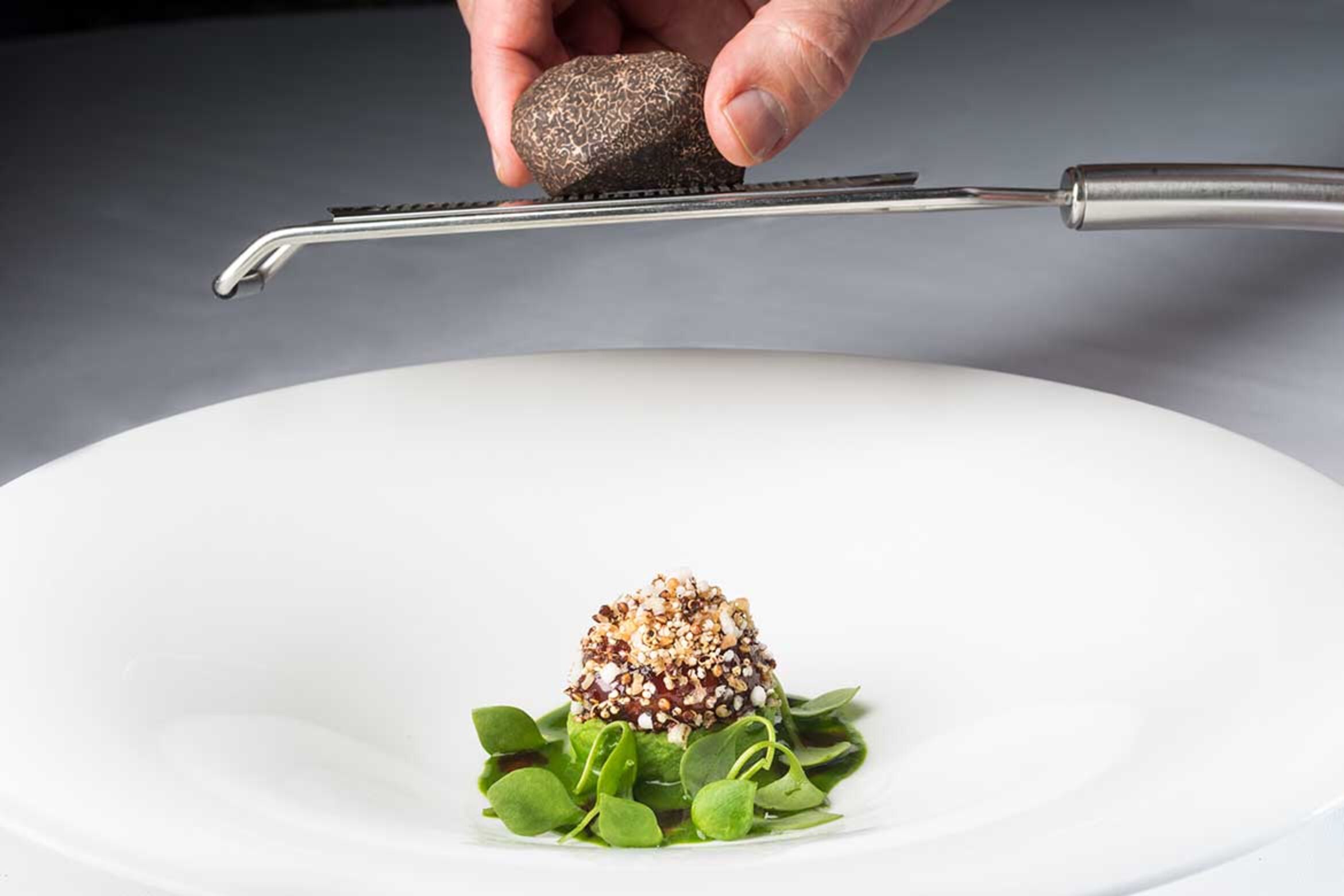
Photos: Jay Wennington / Fabian Häfeli
If a top restaurant tried to make the same profit margin as a pizzeria, it would be accused of daylight robbery.
As it happens, this is almost the price of the five-course amuse-bouche menu offered by two-star chef Heiko Nieder at the Dolder Grand (112 francs, though without coffee and drinks). Each course consists of three very different appetisers. Snacks and friandises are also served before and after the five official courses, along with bread and two kinds of butter. After an hour and a half of dining pleasure, you leave feeling happy. We tested it for you!
During a brief chat, Nieder tells us that 90% of his 30–40 lunchtime diners order this five-course menu. They love the way it highlights the skill of Nieder and his eight-person team. I particularly liked the meat courses and desserts. ‘The most expensive part of the whole menu is the work that goes into it,’ says Nieder. ‘The plates are like tapas dishes so we can use smaller pieces of fish and meat, which we wouldn’t serve in the evening. It involves more work, but to some extent it’s more economical because we can make better use of produce that we would have bought anyway.’ When asked, Nieder says that the ten-course dinner menu is also very reasonably priced at 298 francs – ‘actually, it’s too cheap’. He says this price is possible because his restaurant only has to break even at the end of the year and not necessarily turn a profit like a pizzeria in town. ‘On the one hand we have the actual costs, and on the other we have to think about what we can reasonably charge,’ he says. In other words, if a top restaurant tried to make the same profit margin as a pizzeria, it would be accused of daylight robbery.
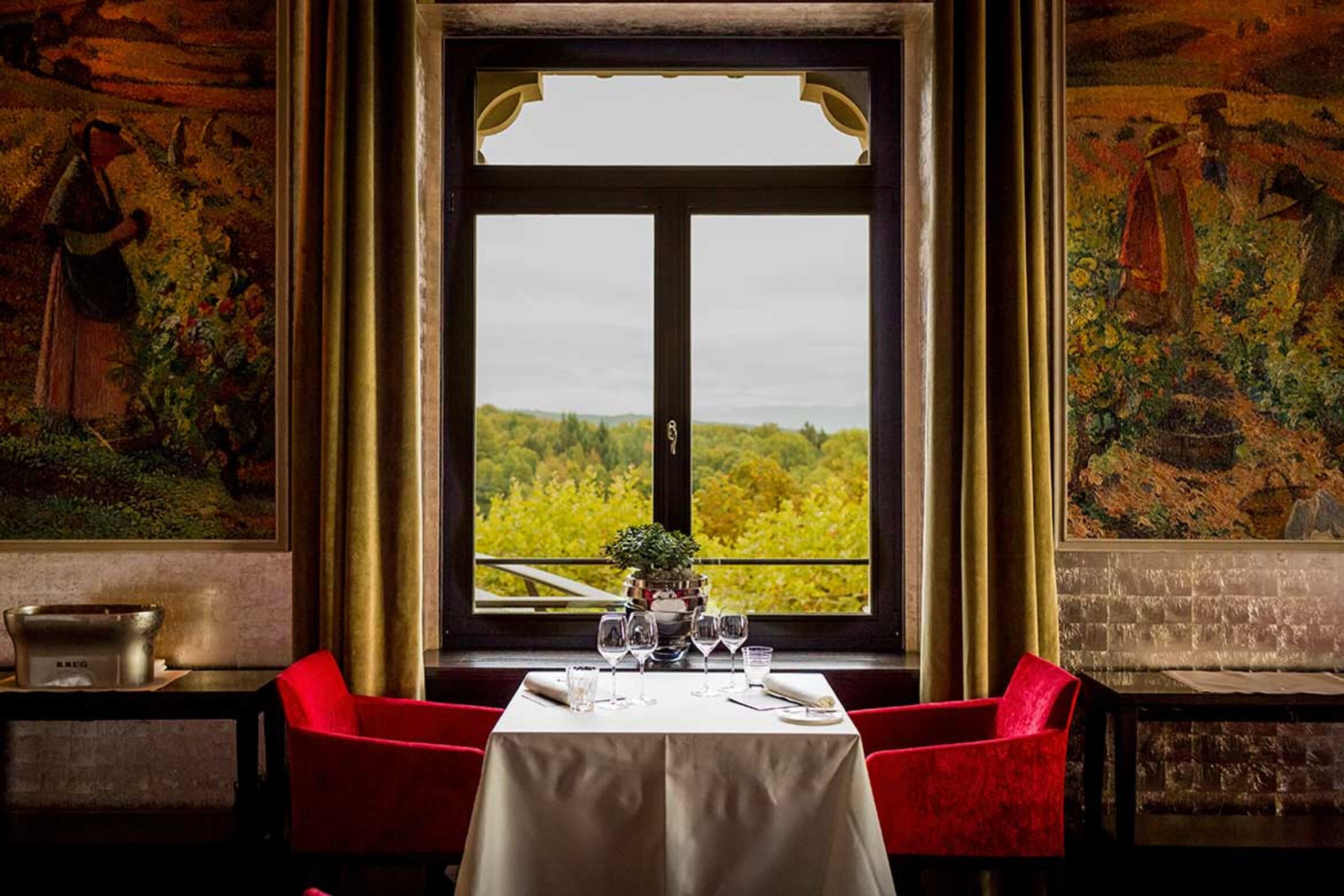
The Restaurant (Photo: David Biedert)
But I have nothing against the lunch culture in general! Many restaurants couldn’t survive without it, but they really have to do their sums. It’s poor value for money when you think about the time you actually spend having lunch in a restaurant. Lunch can be good for cultivating friendships, but this unquantifiable, emotional benefit actually costs us a fortune.
I suggest setting up a savings club.
So if you want to invest in your relationships, I suggest setting up a savings club. Get your workmates together and save money for a few weeks by bringing lunch from home or going without from time to time. With a little willpower and two or three cappuccinos (with plenty of foam), getting through a day without lunch isn’t so bad. Then you can afford to blow the money you’ve saved and the overtime you’ve accumulated on a great meal at one of Zurich’s top restaurants. It’s not often that you get to enjoy the expertise of a team of people who are right at the top of their game. Except perhaps when you go to the opera. In fact, eating in a top restaurant is a bit like attending the opera. The key to fine dining is to make the most of a four or five-course meal by lingering over it.
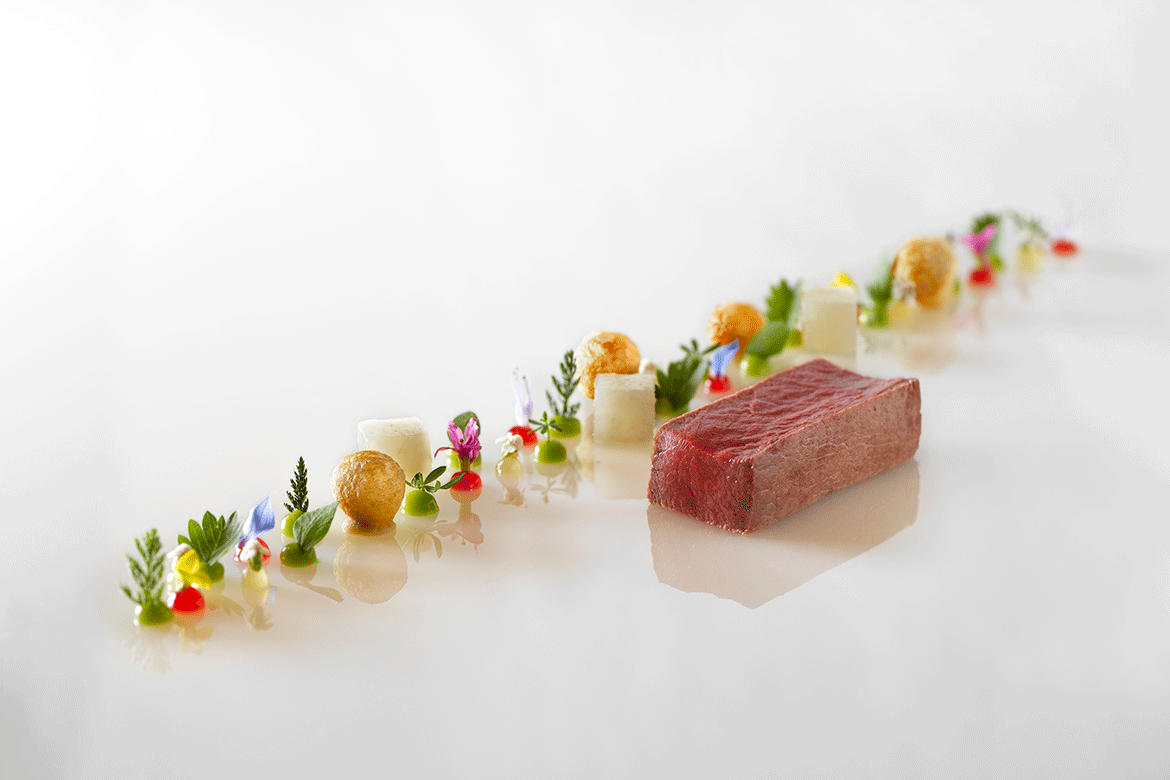
Photo: Fabian Häfeli
Secondly, there’s the expertise of the chef, whose creativity builds a bridge to a place where we can truly hone our senses. Of course, the restaurant’s service is also important – the staff should be professional and unobtrusive, discreetly ensuring that we never get bored while we stretch out our meal. Instead, we should feel totally spoilt, like celebrities, and leave with a story to tell. And one thing is certain – you won’t leave feeling over-full just because you ordered a pizza again out of sheer frustration. We all know that sleepy after-lunch feeling when we hate ourselves and overdose on office coffee. By contrast, fine dining is like attending a workshop on mindfulness and self-love. And anyway, it’s just awesome. So save your pennies. And just do it.
